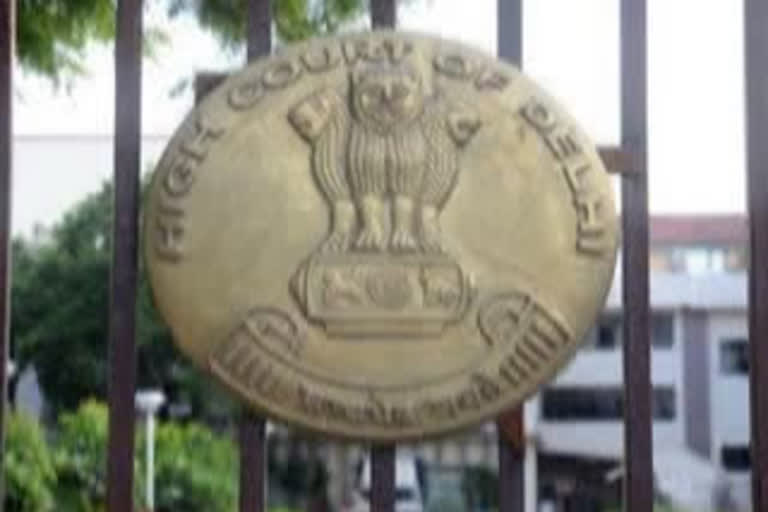New Delhi:The Delhi High Court has held that police cannot lodge five FIRs for the same incident and quashed four of them registered for the alleged offences of looting and setting on fire a compound during the northeast Delhi riots last year.
There cannot be a second FIR and fresh investigation for the same cognisable offence, the high court said.
Five separate FIRs cannot be registered for the very same incident as it is contrary to the laws laid down by the Supreme Court, it said.
While maintaining one FIR, the high court quashed the other four lodged against the same accused in March last year at Jaffrabad Police Station and all the proceedings emanating therefrom.
It cannot be said that the incidents were separate or the offences are different. As stated earlier, a perusal of the charge sheets filed in the respective FIRs shows that they are more or less identical and the accused are also the same. However, if there is any material that has been found against the accused the same can be placed on record in the FIR, Justice Subramonium Prasad said.
The court's order came while allowing four petitions filed by accused Atir, facing prosecution in five FIRs lodged by Delhi Police on complaints by different members of the same family that when they reached their home in Maujpur area on the evening of February 24, they saw their house was set ablaze which caused a loss of articles worth Rs 7-10 lakh.
Advocate Tara Narula, representing Atir, argued that all the FIRs are in respect of the same dwelling unit and have been filed by different family members and even the same fire brigade truck had come to extinguish the inferno.
She further contended that the consecutive FIRs could not have been filed for the same offence and it directly comes in the teeth of the principles laid down by the Supreme Court which states that more than one FIR cannot be registered for one offence.
Delhi Police claimed that the properties were distinct and the damages have been suffered individually by the residents and that the subject matter of each of the FIRs is different from others.
